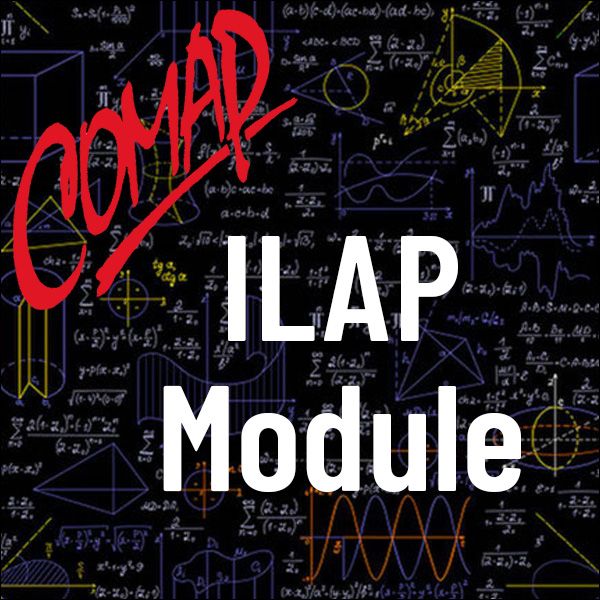A Groundwater Contaminant Extraction Model Using Complex Potentials (ILAP)
Author: Paul Isihara, Lucy Henneker, and Andrew Luhmann with Nathaniel Bowden, Daws Bremner, Jonathan Higgins, Stephen McKay, and Julio Reyes
Contents
1. Setting the Scene
2. Complex Analysis Background
3. Idealized Groundwater Flow
4. Contaminant Extraction Modeling
5. Discussion
6. Solution to Exercises
Supplemental Materials
References
About the Authors
Setting the Scene
The Fisher-Calo Superfund Site is located in the multiple square-mile Kingsbury Industrial Development Park (KIDP) in La Porte County, Indiana. Two communities, Kingsbury and Kingsford Heights, are located within 2 miles of KIDP. An industrial chemical processing and distribution facility operated on that site: Fisher-Calo Chemicals and Solvent Company and various subsidiaries began operations at KIDP in the early 1970s, with wastes buried on-site in thousands of drums. Spills, leakage, and a large fire in March 1978 resulted in the contamination of soil and groundwater with polychlorinated biphenyls (PCBs) and volatile organic compounds (VOCs). The contamination has spread from the source due to groundwater flow. The site's long-term remedies include:
• excavation, consolidation, and offsite disposal of 3,600 drums (1994- 1996);
• soil source-area remediation via excavation and off-site disposal of PCBimpacted soils, soil vapor extraction (SVE), and bio-venting of semivolatile organic compound (SVOC) impacted soils, and SVE of volatile organic compound (VOC) impacted soils (1996-2001); and
• groundwater extraction and treatment (1998-present) with partial pilot study evaluation of enhanced monitored natural attenuation (2020- present).
We use mathematical modeling to support the goal to design an effective contaminant extraction-well remediation system. Such a system includes both pollutant-extracting wells (EW) and plume-monitoring wells (MW), and is the traditional remediation approach. The Fisher-Calo Groundwater Extraction and Treatment System, consisting of 16 extraction wells (EWs), began operating in February 1998. More than four different contaminated groundwater plumes were identified. We focus on one of these plumes, the Space Leasing plume (Figure 1).
MATHEMATICS CLASSIFICATIONS:
Complex variables, potential theory
DISCIPLINARY CLASSIFICATIONS:
Hydrology
PREREQUISITE SKILLS:
Vector calculus
MATHEMATICAL CONCEPTS:
Complex differentiation, harmonic conjugates, complex potentials, singularities
GROUNDWATER CONCEPTS:
Equipotentials, streamlines, monitoring and extraction wells, plume boundaries
MATERIALS INCLUDED:
Fisher-Calo superfund data
COMPUTING REQUIREMENT:
Python Jupyter Notebooks are provided for plotting.
"A Groundwater Contaminant Extraction Model Using Complex Potentials," by Paul Isihara, Lucy Henneker, Andrew Luhmann, and others 43 (1) (2022) 39-76.

Mathematics Topics:
Application Areas:
Prerequisites:
You must have a Full Membership to download this resource.
If you're already a member, login here.